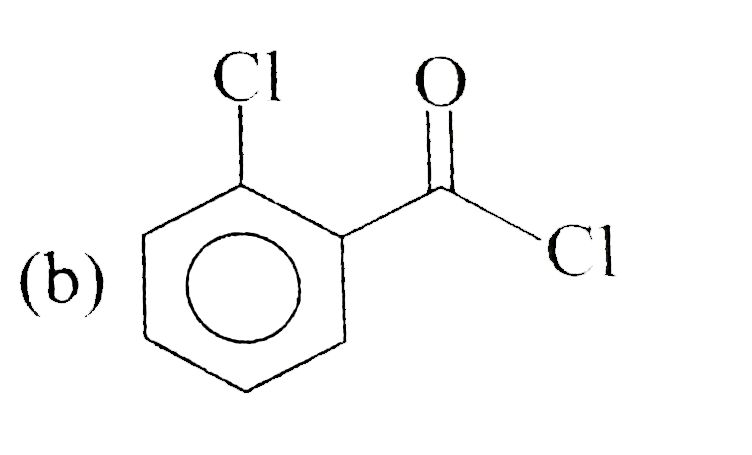
(X) will be :




The correct Answer is:C
Step by step video, text & image solution for (X) will be : by Chemistry experts to help you in doubts & scoring excellent marks in Class 12 exams.
Updated on:21/07/2023Topper's Solved these Questions
- CABOXYLIC ACIDS AND ITS DERIVATIVESBook:HIMANSHU PANDEYChapter:CABOXYLIC ACIDS AND ITS DERIVATIVESExercise:Level 2 (Q.26 To Q.50)
Explore 25 Videos
- CABOXYLIC ACIDS AND ITS DERIVATIVESBook:HIMANSHU PANDEYChapter:CABOXYLIC ACIDS AND ITS DERIVATIVESExercise:Level 2 (Q.51 To Q.75)
Explore 25 Videos
- CABOXYLIC ACIDS AND ITS DERIVATIVESBook:HIMANSHU PANDEYChapter:CABOXYLIC ACIDS AND ITS DERIVATIVESExercise:Level 1 (Q.27 To Q.50)
Explore 24 Videos
- BIOMOLECULESBook:HIMANSHU PANDEYChapter:BIOMOLECULESExercise:Match The Column
Explore 6 Videos
- CARBONYL COMPOUNDSBook:HIMANSHU PANDEYChapter:CARBONYL COMPOUNDSExercise:Subjective Type Problems
Explore 10 Videos
Similar Questions

Product I and II are respectively:
View SolutionWhat is the major product obtained in this reaction ?

View SolutionX and Y in the reaction sequence R−C≡NH3O⊕−−−→Xdiazomethane−−−−−−−→Y ,are given by the set:
View Solution

View SolutionFind out final product of following reaction :

View SolutionUsing properties of determinants, solve for x|[a+x,a−x,a−x],[a−x,a+x,a−x],[a−x,a−x,a+x]∣=0
View Solutionx^(x sqrt(x))=(x sqrt(x))^(x), then x is equal to
View Solution|[x+3,x,x] , [x,x+3,x] , [x,x,x+3]|=27(x+1)
View SolutionIf ∣∣ ∣ ∣ ∣∣αxxxxβxxxxγxxxxδ∣∣ ∣ ∣ ∣∣=f(x)−xf'(x) then f(x) is equal to
View SolutionIf ∣∣ ∣∣a+xa−xa−xa−xa+xa−xa−xa−xa+x∣∣ ∣∣=0, then x is equal to
View Solutionसरणिको के गुणों का प्रयोग करके निम्न को x के लिए हल कीजिएः। ∣∣ ∣∣x+axxxx+axxxx+a∣∣ ∣∣=0
View Solutionx का मान निकाले ∣∣ ∣∣xxx+axx+axx+axx∣∣ ∣∣=0
View Solutionसिद्ध कीजिए कि -
∣∣ ∣∣x+9xxxx+9xxxx+9∣∣ ∣∣=243(x+3).
View SolutionUsing Properties of determinants, solve the following for x:
∣∣ ∣∣x+axxxx+axxxx+a∣∣ ∣∣=0
View SolutionUsing properties of determinants, solve for x|[a+x,a−x,a−x],[a−x,a+x,a−x],[a−x,a−x,a+x]∣=0
View SolutionUsing properties of determinants, solve for x|[a+x,a−x,a−x],[a−x,a+x,a−x],[a−x,a−x,a+x]∣=0
View Solution

